Navigating the vast network of professionals on LinkedIn can be overwhelming without the right tools. That's where LinkedIn Sales Navigator comes into play.
Overview of LinkedIn Sales Navigator
LinkedIn Sales Navigator is a premium feature designed specifically for sales professionals aiming to build and nurture customer relationships. It offers advanced search capabilities, lead recommendations, and real-time updates, making it an indispensable tool in a sales professional's arsenal.
- Advanced Search Filters: Find prospects based on specific criteria like industry, company size, job title, and more.
- Lead Recommendations: Receive suggestions for potential leads similar to those you've saved.
- Real-Time Insights: Stay informed about your leads' activities, such as job changes or company news.
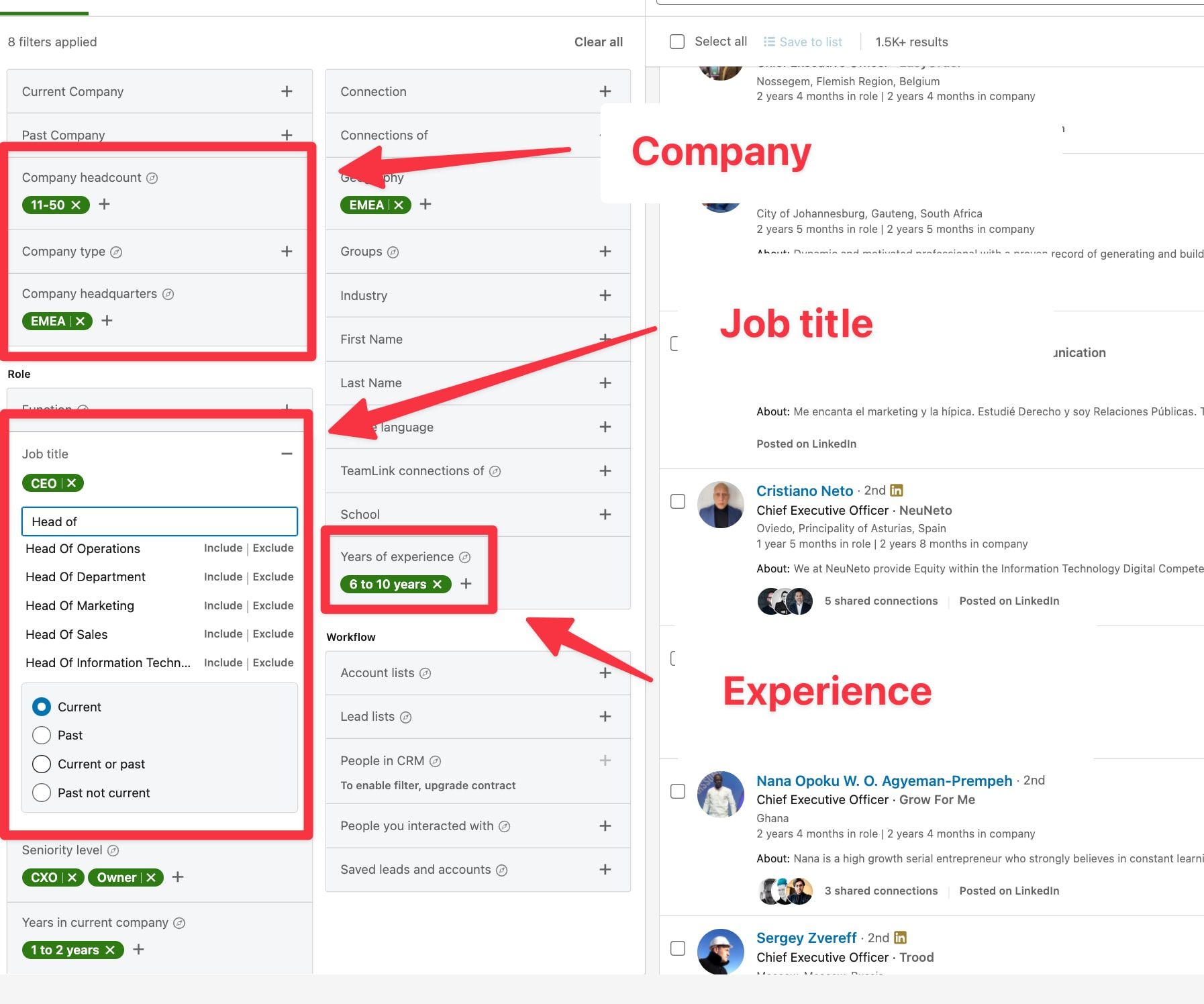
Incorporating Sales Navigator into your overall sales strategy allows for a more focused and efficient approach to lead generation.
Importance of Lead Export in Sales Strategy
Exporting leads from LinkedIn Sales Navigator is a crucial step in enhancing your B2B sales efforts. It enables you to:
- Manage Leads Efficiently: Integrate exported leads into your CRM system for better tracking and follow-up.
- Facilitate Multi-Channel Outreach: Reach out to prospects via email, phone, or other marketing channels.
- Optimize Sales Processes: Streamline your workflow, saving time and reducing manual data entry.
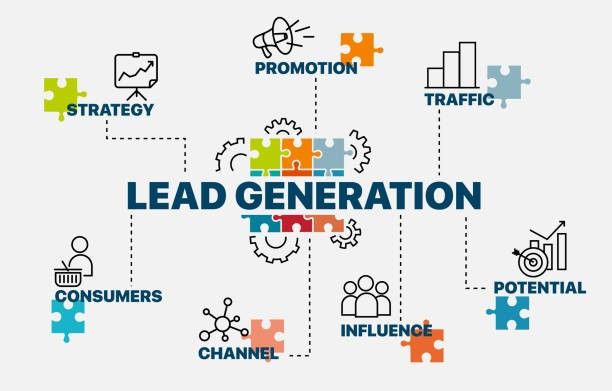
From my direct experience, the ability to export and manage leads effectively can significantly impact your conversion rates.
Preparing to Export Leads
Before diving into the export process, it's essential to ensure that your LinkedIn Sales Navigator account is set up correctly and that you've identified the right leads.
Setting Up LinkedIn Sales Navigator
First, verify that your Sales Navigator account is ready for lead export.
- Complete Your Profile: A professional and updated profile builds credibility. Ensure your photo, headline, and summary reflect your current role and objectives.
- Adjust Your Settings: Optimize your account settings to receive relevant lead recommendations and updates.
- Connect Your CRM: If possible, integrate Sales Navigator with your CRM for seamless data transfer and synchronization.
An approach I use in my work is to regularly update my profile and settings to align with my current sales goals and target market.
Identifying and Segmenting Leads
Identifying high-quality leads is crucial for a successful export.
Techniques for Identifying Leads:
- Utilize advanced search filters to narrow down prospects who meet your ideal customer profile.
- Save searches and set up alerts to stay updated on new potential leads.
Strategies for Segmenting Leads:
- Segment leads based on criteria such as industry, job function, or company size.
- Prioritize leads with decision-making authority or those who have shown engagement with your content.
I've found that segmenting leads allows for more personalized outreach, increasing the likelihood of a positive response.
Step-by-Step Guide to Exporting Leads
Now that you're prepared, let's walk through the process of exporting leads from LinkedIn Sales Navigator.
Navigating the LinkedIn Sales Navigator Interface
Understanding the interface is key to efficient lead export.
- Home Page: Access updates and insights on your saved leads and accounts.
- Lead Lists: Organize and manage your leads into customizable lists.
- Advanced Search: Find new leads using specific criteria and save these searches for future use.
What I've learned in my current position is that familiarizing yourself with these features can save a significant amount of time and enhance your lead generation efforts.
Exporting Leads: A Detailed Process
Follow these steps to export your leads:
Create Lead Lists
- Organize Your Leads: Go to your saved leads and organize them into lists based on your segmentation strategy.
Use Third-Party Tools
While LinkedIn Sales Navigator doesn't offer a direct export option, you can use third-party tools to facilitate the process. Here are some recommended methods:
Using Evaboot
- Install the Evaboot Chrome Extension: Download here.
- Navigate to Your Lead List: Open your Sales Navigator lead list.
- Extract Leads: Click on the Evaboot icon to extract lead data.
- Export to CSV: Download the CSV file containing all relevant lead information.
Using Prospeo
- Install the Prospeo Chrome Extension: Get the extension.
- Access Your Lead List: Open your desired lead list in Sales Navigator.
- Activate the Extension: Use Prospeo to scrape and collect lead data.
- Export Data: Download the CSV file for import into your CRM.
Using Findymail
- Add the Findymail Extension: Find it here.
- Collect Lead Information: Gather email addresses and additional data for your leads.
- Export Enriched Data: Download a CSV file with enriched lead details.
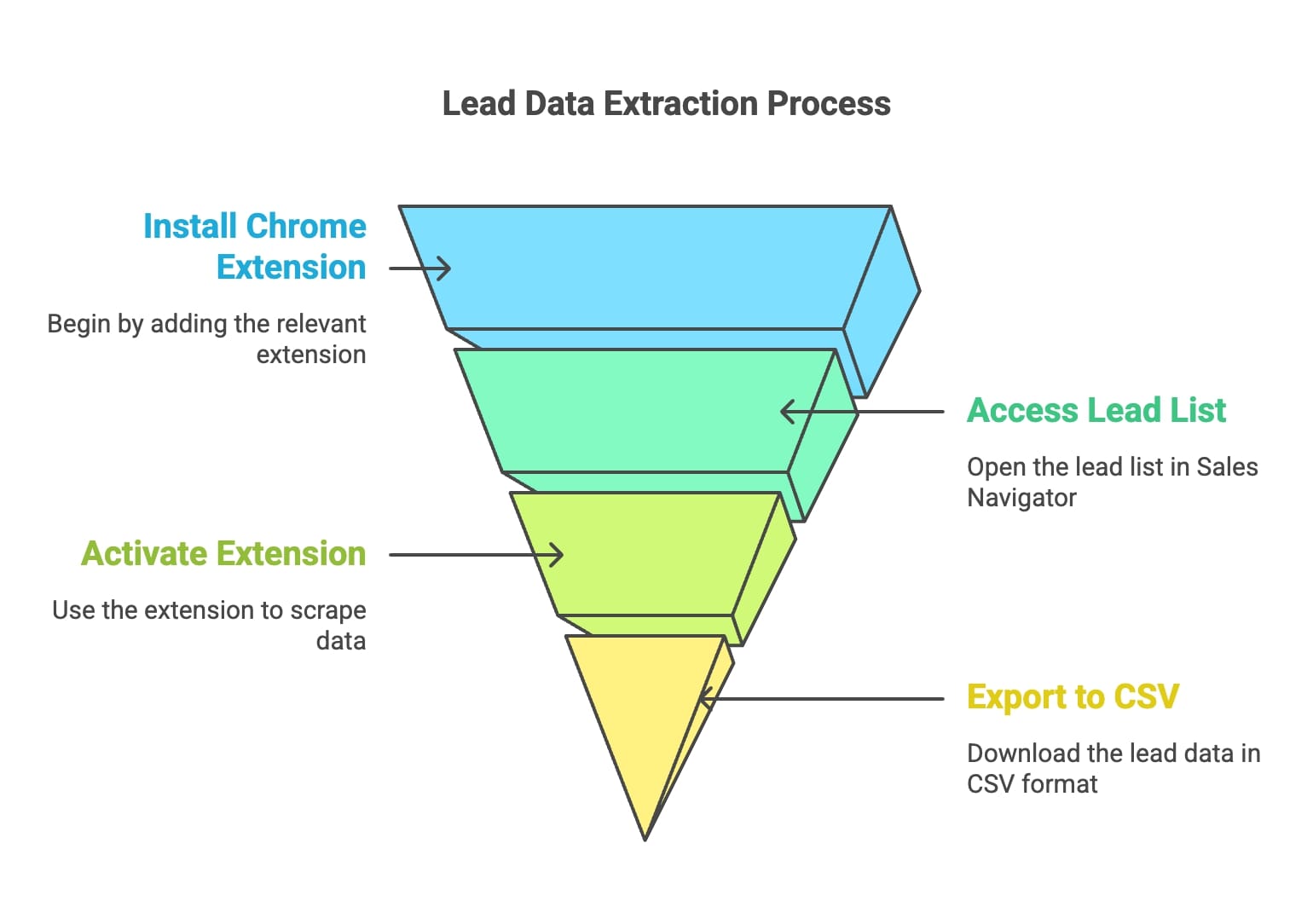
Sync with CRM Systems
If your CRM is compatible (e.g., Salesforce), you can sync leads directly from Sales Navigator:
- Access Settings: Go to Settings in Sales Navigator.
- Connect CRM: Under Sync, select your CRM and follow the prompts.
- Authorize Connection: Allow Sales Navigator to access and sync data with your CRM.
Verify Exported Data
- Check for Completeness: Ensure all necessary information, such as names, job titles, and company details, have been exported correctly.
- Data Accuracy: Correct any discrepancies or errors in the exported data.
A challenge I've actually faced in my work is ensuring data accuracy during export. Double-checking the exported file can prevent issues later in your sales process.
Optimizing Your Sales and Marketing Efforts
Once you have your leads exported, it's time to put that data to work.
Integrating Leads into Your CRM
- Import Data: Upload the CSV file into your CRM system.
- Map Fields Correctly: Ensure that data fields align with your CRM's structure.
- Set Follow-Up Actions: Create tasks, reminders, or email sequences for each lead.
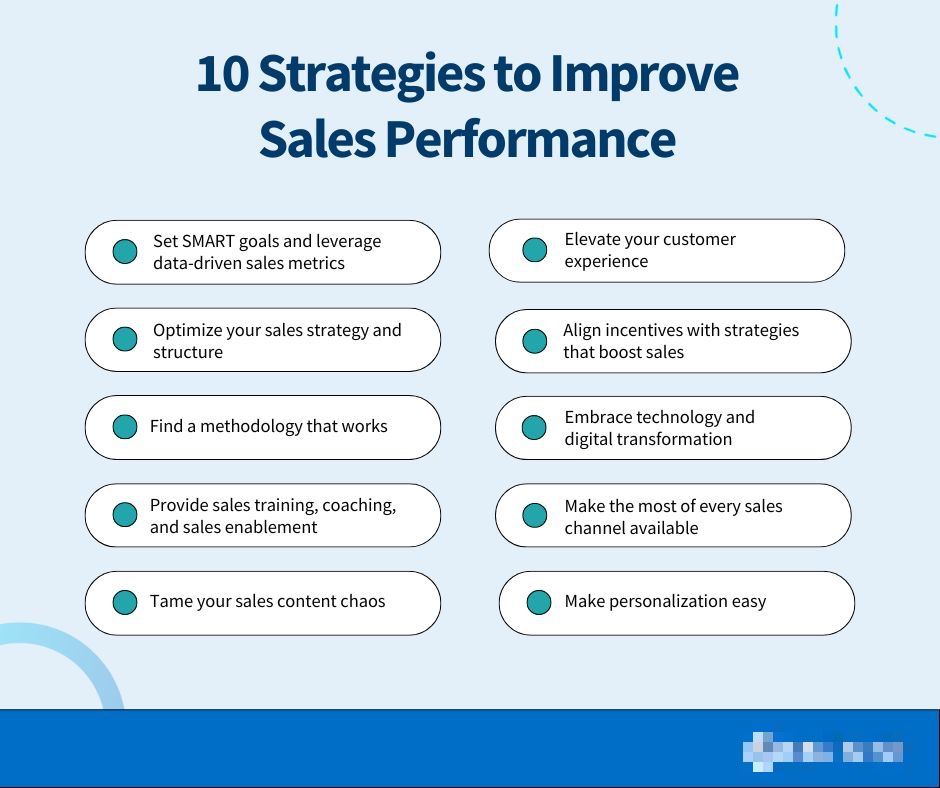
Personalized Outreach Strategies
- Craft Personalized Messages: Use lead information to tailor your communication.
- Segment Outreach Campaigns: Group leads based on segments for targeted marketing.
- Utilize Multi-Channel Approaches: Combine email, social media, and phone calls in your outreach.
Integrating Exported Leads into Your Workflow
Once you have your leads exported, the next step is to integrate them into your workflow for effective follow-up.
Using Lead Generation Tools
Integrating lead generation tools can enhance your lead management process.
Choose the Right Tools:
Select tools that align with your sales process and team size, such as CRMs or email marketing platforms.
Import Leads:
Upload your CSV file into the tool, ensuring that all fields are correctly mapped.
Set Up Automation:
Utilize automation features for tasks like follow-up reminders or email sequences to streamline your outreach.
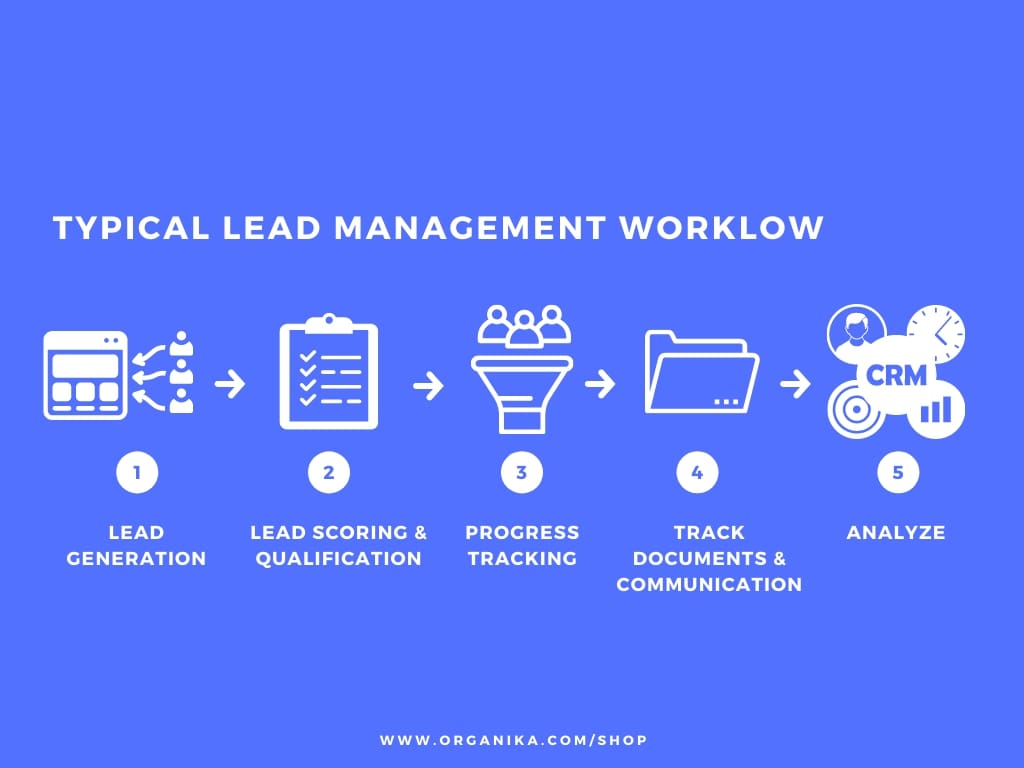
From my direct experience, leveraging these tools not only saves time but also increases the effectiveness of your sales efforts.
CRM Integration for Seamless Workflow
A CRM system is essential for managing your leads effectively.
Importance of CRM Systems
- Centralize All Lead Information: Keep all your lead data in one place for easy access.
- Track Interactions: Monitor the progress of leads through your sales funnel.
- Facilitate Team Collaboration: Share lead information among team members.
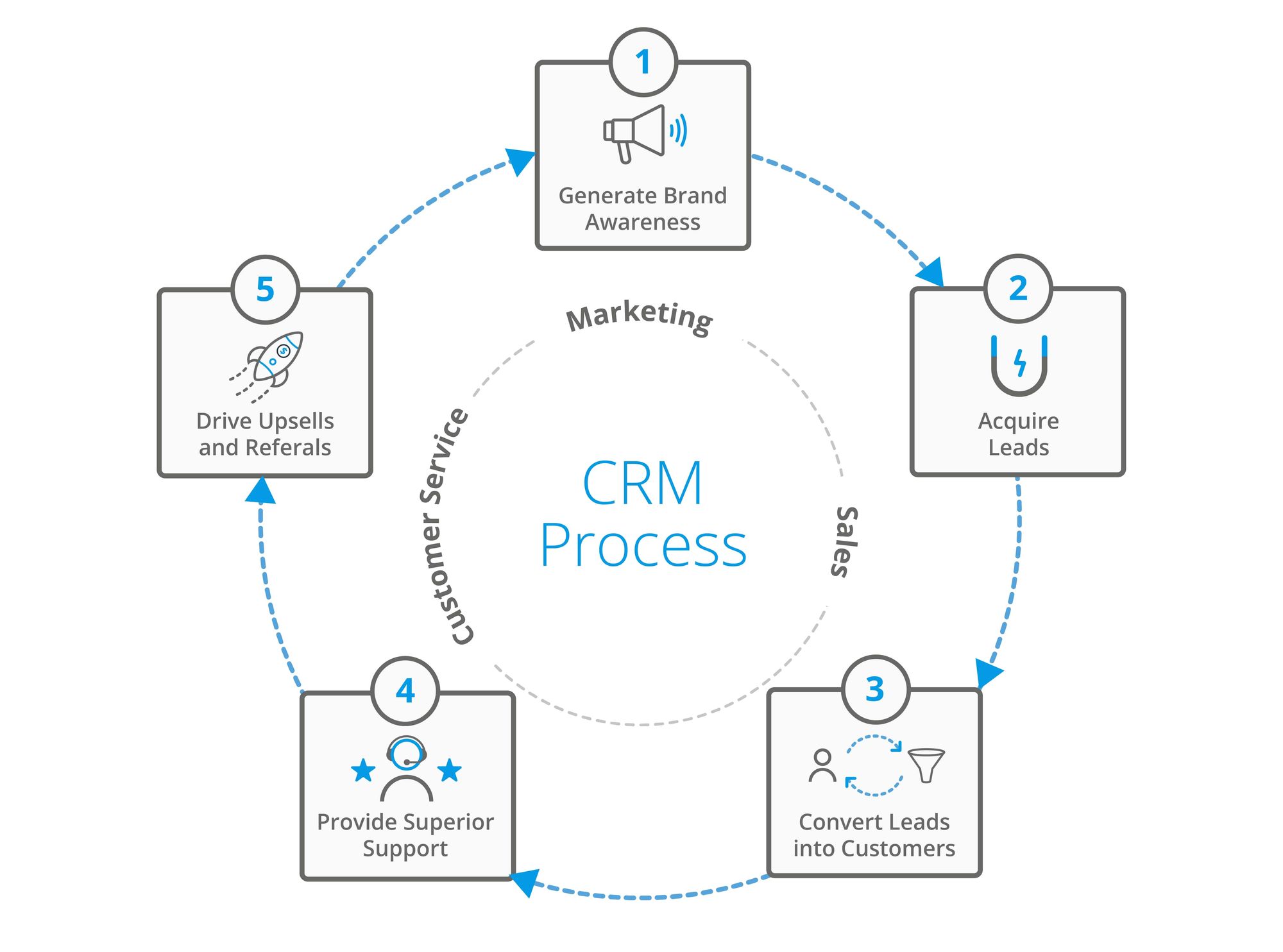
Integrating Leads into Popular CRMs
Salesforce:
Use the import wizard to upload your CSV file, ensuring proper field mapping. Integrating LinkedIn Sales Navigator with Salesforce can unlock the full potential of your CRM by enhancing lead management and outreach efforts. Watch this Salesforce CRM Integration Demo to understand the process.
HubSpot:
Import contacts and customize properties as needed for your sales process. Connecting HubSpot with LinkedIn Sales Navigator allows you to view LinkedIn data and send InMails directly from within HubSpot. Refer to HubSpot's guide on connecting with LinkedIn Sales Navigator for detailed instructions.
Microsoft Dynamics 365:
Map your CSV fields to CRM fields for accurate data entry and tracking. Integrating LinkedIn Sales Navigator with Dynamics 365 enhances lead insights with features like Account IQ. Check out the Microsoft Dynamics 365 documentation for more information.
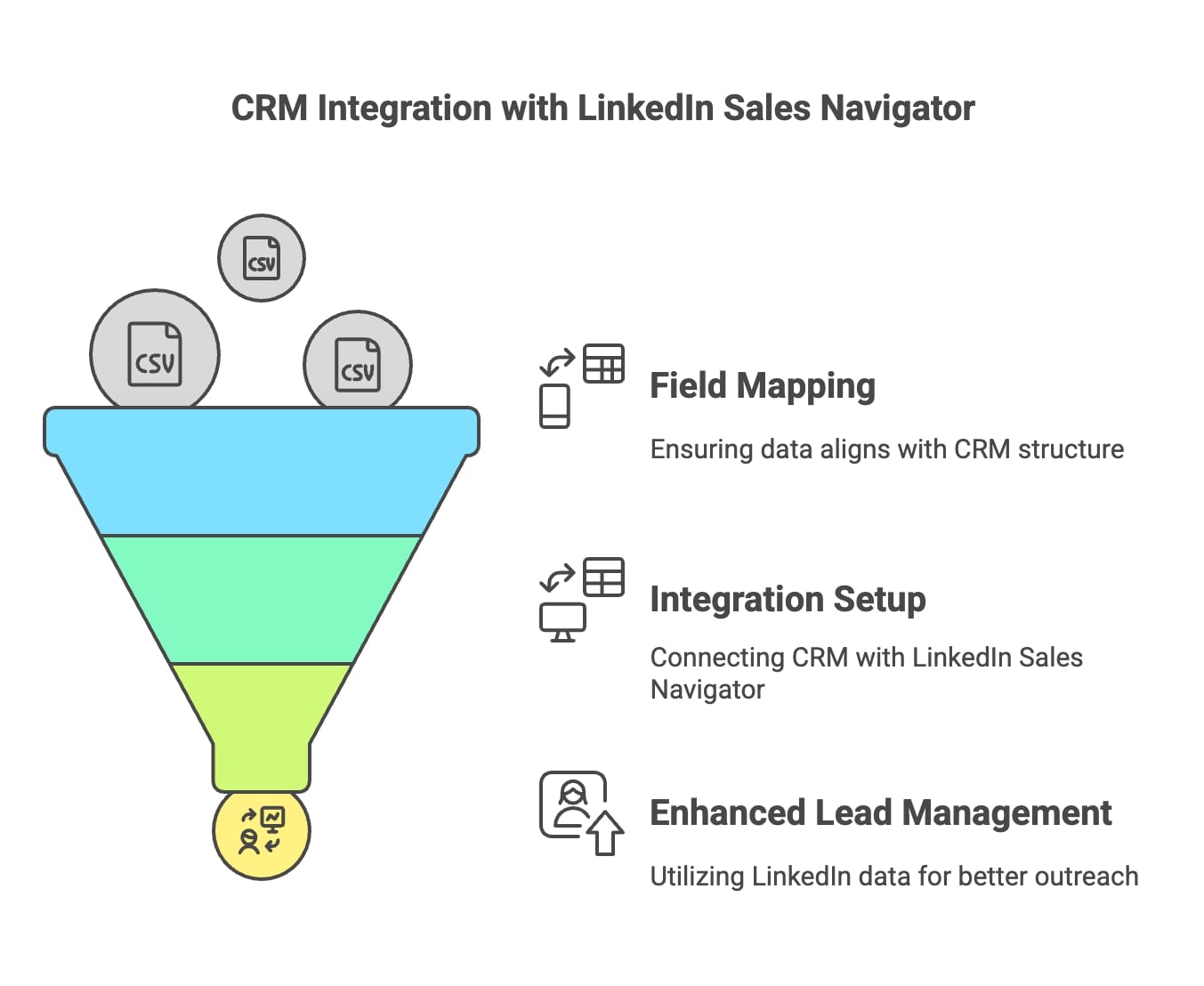
An approach I use in my work is to regularly update and maintain the CRM with new information gathered during interactions with leads to keep data current and actionable.
Optimizing Sales and Marketing Efforts
With your leads integrated, it's time to focus on outreach and performance monitoring.
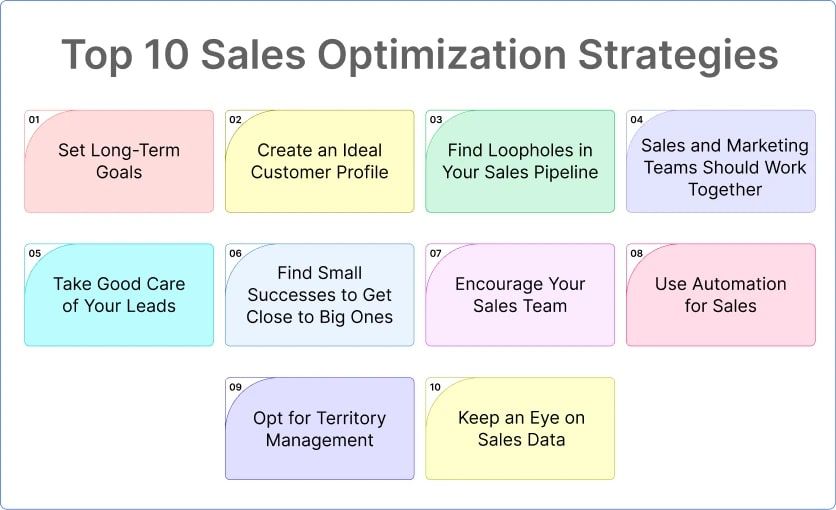
Email Outreach Strategies
Crafting compelling emails can significantly increase your engagement rates.
Best Practices:
- Personalize Each Email: Address the recipient by name and mention specific details relevant to them.
- Keep It Concise: Respect their time by keeping your message clear and to the point.
- Include a Clear Call-to-Action: Guide the recipient on the next steps you want them to take.
Examples of Successful Outreach Campaigns:
- Sharing insights or resources that address a common pain point in their industry.
- Inviting them to a webinar or event that could provide value to their role.
In my opinion, personalization and providing genuine value are keys to successful email outreach.
Monitoring and Analyzing Lead Performance
Tracking your leads' performance helps you refine your strategies and improve conversion rates.
Key Metrics to Track:
- Email Open Rates: Indicates the effectiveness of your subject lines.
- Response Rates: Measures engagement and interest level.
- Conversion Rates: Tracks how many leads turn into customers.

Tools and Techniques:
- CRM Analytics: Utilize your CRM's analytics and reporting features to monitor these metrics.
- Regular Review Meetings: Set up regular meetings to assess performance and adjust strategies accordingly.
I have found that consistent monitoring and analysis allow for timely adjustments, leading to better outcomes over time.
Recommended Resources
CRM Integrations - LinkedIn Business
This page provides an overview of how LinkedIn Sales Navigator integrates with various CRM systems, emphasizing the benefits of syncing lead and account information for streamlined workflows.
CRM Integration with LinkedIn Sales Navigator
This article discusses the integration capabilities of LinkedIn Sales Navigator with CRM systems, detailing how users can manage contacts and create opportunities directly from the platform.
Connect HubSpot and LinkedIn Sales Navigator
This resource outlines the steps to connect HubSpot with LinkedIn Sales Navigator, allowing users to view LinkedIn data and send InMails from within HubSpot.
Integrate LinkedIn Sales Navigator with Dynamics 365
This guide provides detailed instructions on integrating LinkedIn Sales Navigator with Dynamics 365, highlighting features like Account IQ for enhanced lead insights.
Integration Between Sales Navigator and Your CRM
Official guidance from LinkedIn regarding the integration process between Sales Navigator and various CRM platforms, including details on syncing leads and accounts for improved sales workflows.
Frequently Asked Questions (FAQs)
1. Can I export leads directly from LinkedIn Sales Navigator into a CSV file?
While LinkedIn Sales Navigator does not offer a native option to export leads directly into a CSV file, you can export leads by syncing Sales Navigator with a compatible CRM like Salesforce or HubSpot. Alternatively, third-party tools such as LeadLeaper or Dux-Soup can be used to extract lead information. However, ensure that any tool you use complies with LinkedIn's terms of service to avoid account issues.
2. Is it safe to use third-party tools for exporting leads?
Using reputable third-party tools that comply with LinkedIn's policies is generally safe. However, be cautious, as some tools may violate LinkedIn's terms of service, potentially leading to account restrictions. Always research and choose trusted tools, and consider the risks before proceeding.
3. How can I integrate exported leads into my CRM if it's not directly compatible with Sales Navigator?
If your CRM does not support direct integration with Sales Navigator, you can:
- Export Leads Manually: Use third-party tools to export leads into a CSV file and then import that file into your CRM.
- Use Integration Platforms: Employ services like Zapier or Integromat to create custom integrations between LinkedIn and your CRM.
4. What are the best practices for segmenting leads in Sales Navigator?
- Define Clear Criteria: Segment leads based on industry, company size, job title, geographic location, etc.
- Use Lead Lists: Organize your leads into different lists within Sales Navigator for easy management.
- Regular Updates: Revisit and update your segments periodically to ensure they remain relevant.
5. How often should I update my lead lists and CRM data?
Regular maintenance is key. I recommend:
- Weekly Reviews: Update lead statuses and add new information gathered from interactions.
- Monthly Clean-Up: Remove outdated leads and merge duplicates.
- Quarterly Strategy Sessions: Analyze lead performance data to refine your segmentation and outreach strategies.
6. What are some effective email outreach strategies after exporting leads?
- Personalize Your Messages: Reference specific details about the lead or their company.
- Focus on Value: Clearly articulate how you can address their specific needs or challenges.
- Keep It Concise: Respect their time with brief and impactful messages.
- Include a Call-to-Action: Guide them on the next steps, such as scheduling a meeting or a demo.
7. Why is CRM integration important for managing exported leads?
CRM systems help you:
- Centralize Information: Keep all lead data and interaction history in one place.
- Track Engagement: Monitor how leads respond to your outreach efforts.
- Automate Tasks: Set reminders and automate follow-ups to stay consistent.
- Analyze Performance: Generate reports to understand what's working and where to improve.
8. Can I automate the process of exporting leads from Sales Navigator?
Direct automation is limited due to LinkedIn's restrictions. However:
- CRM Syncing: Automated syncing is possible if your CRM integrates with Sales Navigator.
- Third-Party Automation Tools: Use tools that offer compliant automation features, but always ensure they adhere to LinkedIn's terms of service.
9. What should I do if I encounter issues while exporting leads?
- Check LinkedIn's Help Center: They offer guidance on common issues.
- Contact Support: Reach out to LinkedIn support or your CRM's customer service.
- Consult Online Communities: Forums and professional groups often share solutions to common problems.
10. How can I measure the success of my lead export and outreach efforts?
- Set Clear KPIs: Define what success looks like (e.g., response rates, conversion rates).
- Use Analytics Tools: Leverage your CRM's analytics to track these KPIs.
- Regularly Review Data: Analyze the data to identify trends and adjust your strategies accordingly.



